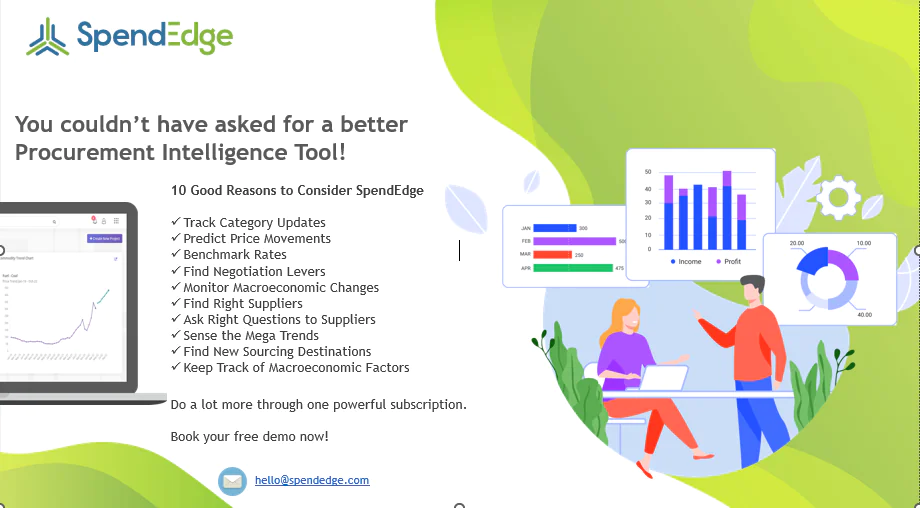In a competitive and interconnected global marketplace, effective risk management is no longer an afterthought – it’s a fundamental pillar of business success. This is more crucial in the realm of sourcing and procurement, where decisions directly impact a company’s bottom line, operational efficiency, and overall reputation.
Identifying and Assessing Risks
The first step in managing risk is proactive identification. Here are some key areas of risk within sourcing and procurement:
- Supplier risk: This encompasses a wide range of issues, including financial instability, quality control lapses, production delays, and ethical sourcing practices. A supplier’s dependence on a single source for raw materials can also pose a threat.
- Contractual risk: Unclear or poorly defined contracts can lead to misunderstandings, disputes, and financial losses. This includes potential price fluctuations, non-delivery penalties, and intellectual property (IP) ownership rights.
- Performance risk: A supplier’s inability to meet agreed-upon quality standards, delivery timelines, or production volumes can disrupt your own production and ultimately impact customer satisfaction.
- Compliance risk: Failure to comply with regulations related to labor practices, environmental sustainability, or data security can lead to hefty fines, reputational damage, and even legal repercussions.
- Force Majeure events: Unforeseen circumstances like natural disasters, political instability, or pandemics can disrupt supply chains, leading to stockouts and production delays.
Building a Robust Risk Management Framework
Once potential risks are identified, a comprehensive risk management framework should be established. Here are key steps:

- Risk prioritization: Not all risks are created equal. Assess the likelihood and potential impact of each risk to prioritize mitigation efforts.
- Risk mitigation strategies: Develop a plan to address each identified risk. This may involve diversifying your supplier base, negotiating flexible contracts with termination clauses, implementing rigorous quality control procedures, and staying updated on relevant regulations.
- Contingency planning: Prepare for unforeseen circumstances by developing contingency plans for disruptions in the supply chain. This might include identifying alternative suppliers, maintaining buffer inventory levels, and establishing clear communication protocols with key stakeholders.
Best Practices for Effective Risk Management
- Supplier vetting: Conduct thorough due diligence on potential suppliers, scrutinizing their financial health, track record on quality and delivery, and commitment to ethical sourcing practices.
- Contract management: Ensure contracts are clear, concise, and cover all critical aspects of the agreement, including quality specifications, delivery timelines, pricing structures, and termination clauses. Work with legal counsel to ensure compliance with all applicable laws and regulations.
- Relationship building: Investing in strong relationships with key suppliers fosters open communication and collaboration. This strengthens trust, allows for early identification of potential issues, and facilitates problem-solving.
- Performance monitoring: Continuously monitor supplier performance against agreed-upon metrics. Conduct regular audits and inspections to ensure quality standards are upheld, and delivery schedules are met.
- Technology and Automation: Leverage technology to streamline risk management processes. Utilize procurement software to manage supplier data, track performance metrics, and automate routine tasks. Data analytics can be powerful tools for identifying trends and proactively managing potential risks.
Real-World Example: The Importance of Supplier Diversity
Imagine a company heavily reliant on a single supplier in a geographically isolated region. A natural disaster disrupts production in that region, causing a critical component shortage and delaying manufacturing. This scenario underscores the importance of supplier diversification. By working with multiple suppliers located in different regions, the company would be better equipped to weather such disruptions, mitigating production delays and minimizing potential financial losses.
Conclusion
Effective risk management in sourcing and procurement is not a one-time exercise; it’s an ongoing process requiring continuous monitoring and adaptation. By proactively identifying and mitigating risks, companies can navigate the ever-evolving global landscape, ensuring a reliable supply chain, optimized costs, and ultimately, a competitive edge. Remember, a robust risk management strategy is not just about safeguarding your business – it’s about paving the way for sustainable growth and success.





